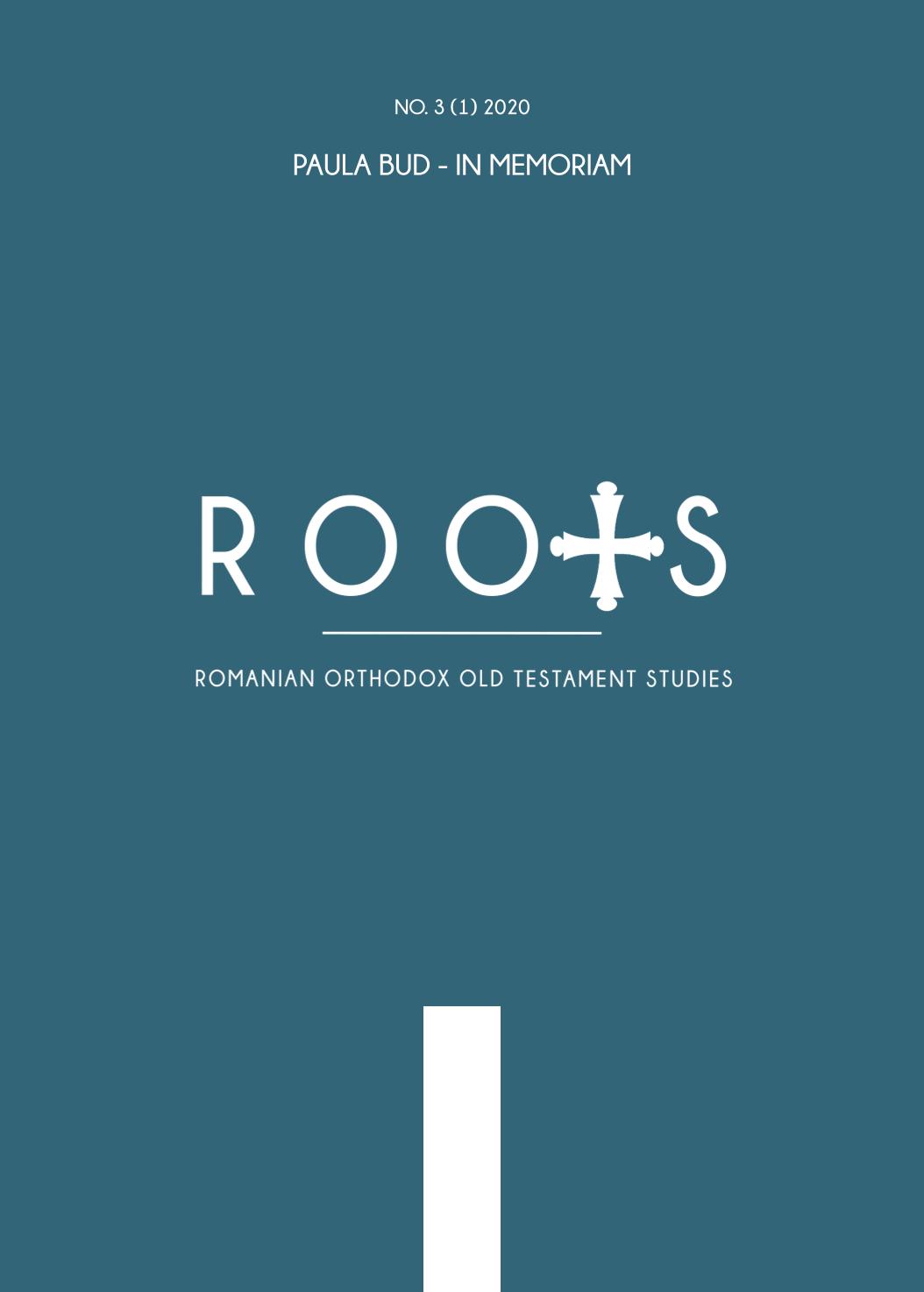Ethic and esthetic valences of image in the Old Testament
Ethic and esthetic valences of image in the Old Testament
Author(s): Paula BudSubject(s): Christian Theology and Religion, Theology and Religion, Biblical studies
Published by: Presa Universitara Clujeana
Keywords: Image; spirituality; ethics; sacredness; idolatry;
Summary/Abstract: The multitude of images that invade human life nowadays casts off their aprioristic rejection. The last stronghold is the possibility of subjective choice, a real challenge for the contemporary man. But the force of image and the eventual need to protect the mind/heart cannot be truely sighted in its wholeness unless we see it in the perspective of foretimes. The present research points to a return in the Old Testament areal, where the place/purpose of image is controversial, swinging permanently between fragile existence and idolatrous worship. Today, when we talk about image, we automatically refer to its esthetic valence. But, if we refer to image inside the Jewish culture, then we have to mind the fact that this culture stands at the antipode of Greek esthetic tradition, because Jews thought image was not limited to a simple expression of the esthetics, but had deeper, spiritual and ethic dimensions. This explains the rejection of image, determined by the commandment that echoes on Mount Sinai: „Thou shalt have no other gods before me.Thou shalt not make unto thee any graven image, or any likeness of any thing that is in heaven above, or that is in the earth beneath, or that is in the water under the earth.” (Ex 20,3-4). The shyness towards image is not synonimous to a complete and definitive rejection, the image is credited with the possibility to express the presence of the divine, in which case not only is it indulged but it is rather a commandment, becoming a sign of eternity in time: the cherubims on the tabernacle (Ex 25,18) marked the epiphanic core in the middle of Israel and the brass serpent (Nm 21,4-9) mediated the blessed works of „The One Who is”. Thus, we aim to identify certain connections between the importance of image in the Old Testament and its importaance nowadays through various frameworks and hypothesis.
Journal: Romanian Orthodox Old Testament Studies
- Issue Year: 3/2020
- Issue No: 1
- Page Range: 59-73
- Page Count: 15
- Language: English

